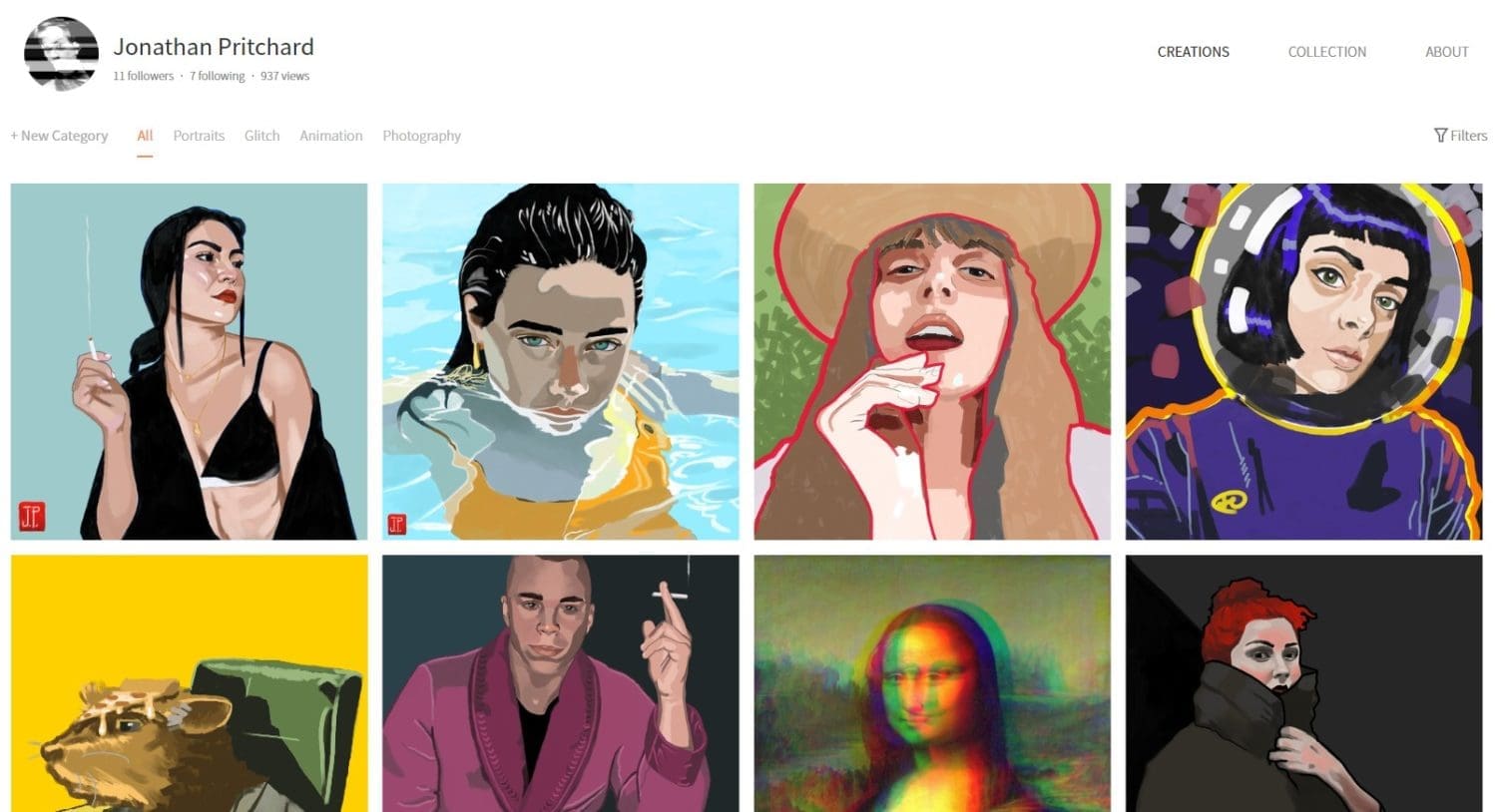You can’t buy the Mona Lisa.
You can, however, buy a poster of the Mona Lisa for your wall, and it will cost you $14.95 +shipping & handling.
Even easier you could go to wikipedia, find an incredibly high resolution digital file of the Mona Lisa and download it instantly. It won’t cost you a thing.
Why Is That?
Scarcity.
There’s only one original, hundreds or thousands of prints, and [essentially] infinite number of digital copies available.
Prints are still a physical good limited by the laws of physics. You and I can’t hang the same poster on our walls at the same time. If you took my poster, that’s called stealing because I wouldn’t have my poster any more. You took it!
Digital files, however, have no such restrictions. You can have your image of Mona Lisa, and I can copy it instantly. I haven’t taken anything away from you; we each have our own copy as if by magic.
Many people use this quirk to say “it’s not stealing! They still have their file, I haven’t taken anything away from them!”
But they have.
By making something infinitely available with zero effort they’ve destroyed its scarcity which reduces its value to near-zero.
We’re seeing this play out in the music industry over the past couple decades where torrenting, sharing, and instant streaming have made it incredibly difficult for the artists who create the work to be paid for it.
They’ve spent lifetime honing their craft to create works of art that only exist because they put their blood, sweat, and tears into making it real.
And as soon as it touches the internet it is replicated again and again to infinity where anyone can grab it with nothing in exchange.
It’s a infinite replication crisis.
Solutions
We’ve seen a variety of strategies put into place to address this very problem, but they’re all lacking.
Patreon seems like a fine solution until you try to use it and you find out just how big a cut they take from fans.
Streaming services love to point to how many millions of times a song has been streamed, and then we find out the musician received a couple hundred dollars after everyone involved has their cut.
And it still doesn’t address the infinite replication crisis.
Blockchain Does
When artwork is uploaded to a blockchain, the image becomes inextricably linked to the “token” that is created. There can only be one of those tokens, and each exchange of ownership is on record forever.
This ensures that the artwork stays scarce even in its digital form.
It also solves the problem of ensuring authenticity and knowing how many people have owned it previously because you can see exactly how many addresses the token has traveled through.
(This does not tell you who owns the addresses, however, but you can trace the token back to its creation, and if the address it was birthed to does not match one from the artist, you have a fake on your hands!)
All Blockchains?
Not all blockchains are created equal.
While you can technically do some fun stuff like this with Bitcoin (arguably the most well-known blockchain), it lacks the robust metadata built in required for Non-Fungible Tokens (NFT).
There are mainly two blockchains that you can build on right now.
The first is Ethereum. It’s the big player on the scene. There’s a lot going for it, and there are multiple platforms built on top of it that are specifically made to empower artists to sell cryptoprints.
The two big platforms right now are MakersPlace and KnownOrigin and I have work on both of those. (Clicking the link will take you to my profile on each.)
The second blockchain that enables you to create cryptoprints is RavenCoin. If you want to know more about it directly from one of the lead developers, Tron Black, listen to our conversation on my podcast: The Mind Reader University.
Long story short is that they wanted the security of Bitcoin with the ability to create NFT’s like Ethereum, but do both better.
Now it does.
You can create NFT’s from your phone instead of requiring an expensive developer like you do with Ethereum. Now you can just fire one up for about $5 and you’re good to go.
That’s the origin of my company NVRMOR.io which is built on the RavenCoin chain. My goal is to help other artists tokenize their work, and move into the 21st century with a project that people will come to know and trust.
Next Steps
If this stuff interests you, check out Ethereum & RavenCoin. Get ahold of some and then come buy some art.
You can always find what pieces I have on offer in my Virtual Reality Gallery built in CryptoVoxels, which is an Ethereum project, too.
See you in the future!


